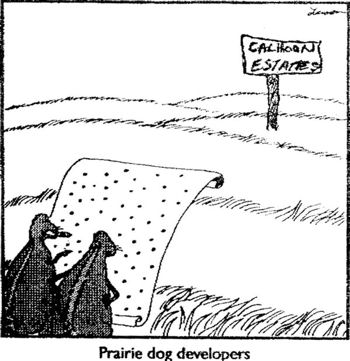BARREL BREAK-IN / FIELD CLEANING
NEW IN 2015: We have revised our "BARREL BREAK-IN PROCEDURE". As seeing is believing, this break-in method is visually witnessed in our Hawk Eye bore scope. We found that only two shots (instead of 10) are necessary for the break-in of a BenchMark (and most other custom barrel barrel makers that bore lap). Factory barrels will probably need 10 shots or more, however, some factory hammer forged barrels break in quite fast. The following is specific to Benchmark 19 caliber barrels. Change patch and brush size for other calibers.
To enjoy maximum accuracy potential, reduced fouling, and quicker field cleaning, please follow this short break-in procedure .
James Calhoon Mfg . uses BenchMark and Pac-Nor's handlapped, "Supermatch" barrels and break- in is a snap. The following basic break-in method, fire one shot and double clean; repeat 2 times, will polish out minor metal imperfections which remain after lapping. If break-in is not followed and imperfections are not removed, you may actually never be able to get the bore completely clean. The result: premature barrel fouling, and accuracy loss. To save time and rounds, sight in your scope as you follow the break-in procedure.
Always use a bore cleaning guide to avoid damage to your bore . James Calhoon Mfg. supplies bore guides for many different firearms, as well as 19 caliber cleaning rods, jags and brushes. A 17 caliber rod can be used, but its inherent flimsiness may lead to much cussing. Again, we are working with a 19 caliber barrel, but other calibers apply.
BREAK-IN INSTRUCTIONS
1. Starting with a dry bore, fire one shot. Next run 3 patches (1 1/8") soaked with bore cleaner through the bore. We recommend James Calhoon GT 40 bore cleaner or Shooter's Choice.
2. Brush 6 in-and-out strokes with bore cleaner applied to a bronze 19 caliber brush. Always use a bore guide. Brushes must be "tight" to be effective. Expect to wear out a brush during the break-in procedure. New 19 Caliber brushes will feel extra stiff, but will soften with use. Important tip: rinsing brushes with water after use to remove bore cleaner, will make the brushes last much longer.
3. Run 3 patches soaked with bore cleaner through bore, and then 2 dry patches.
4. Scrub the bore with 2 patches soaked in copper remover such as as Sweet's, CR10, Barnes or Bore Tech Eliminator. Let sit for several minutes. Push a dry patch through and observe the patch for blue /green color. Also, visually check muzzle for copper. A Hawk Eye bore skope makes visual inspection a snap. Although pricey, if you do a lot of shooting, bore scopes are invuable. Be careful using use a bore scope at the muzzle, to avoid damaging the crown.
5. Repeat step (4) until the dry patch shows NO blue/green color. ALL traces of copper must be removed. Continue to step (6) only when the dry patch shows no color. The brushing action in step (6), will burnish and polish the bore, but only if the bore is completely clean and free of jacket material.
6. Wet bore with one patch soaked with bore cleaner. Then brush 6 in-and-out strokes with bore cleaner applied to a bronze 19 Caliber brush. This step burnishes the clean barrel.
7. Run 3 patches soaked in bore cleaner, then 2 dry patches.
8. Fire only 1 round
Repeat steps (1) through (8) ONLY one more time.
Now, you're ready to go to town. (Dog Town!)
FIELD CLEANING
Once your barrel is broke in, cleaning your rifle in the field amounts to wet patching and a "double brushing" your rifles barrel ( two times 6 in and out brushings}. You are using step 2 in the above Barrel Break In. Finish th e barrel cleaning by wet and dry patching as in step 3 above. This will usually keep your rifle barrel clean and shooting accurately. Use of copper removers is usually not necessay with reasonal loads and good quality barrels. We do not recommend the continual use of bore pastes.. Bore pastes can be useful on a stuborn to clean barrel, but continual use, will remove the barrels rifling. Remember, rifling is only .002" to .004" thick. For perspective, the human hair measures .002".
A day or two of varmint shooting will allow you to discover how many rounds you can shoot between cleanings. High velocities and HUGE amounts of powder naturley relate to cleaning more often. I remember the days of the 17 Remington and 4000 fps with a 25 grain bullet when if you didn't clean after every 40 shots, you coudn't hit a pie plate at 50 yards!! This is why the 19 BADGER was developed. Resonable amounts of powder (16 to 18 grains} at reasonable velocities of 3400 to 3700 fps, realte to trouble free varmint shooting.
